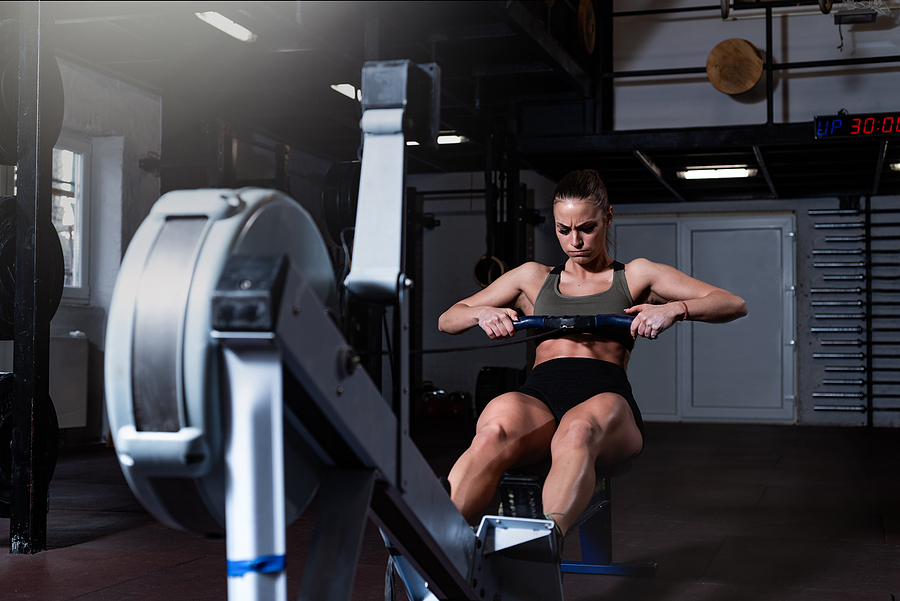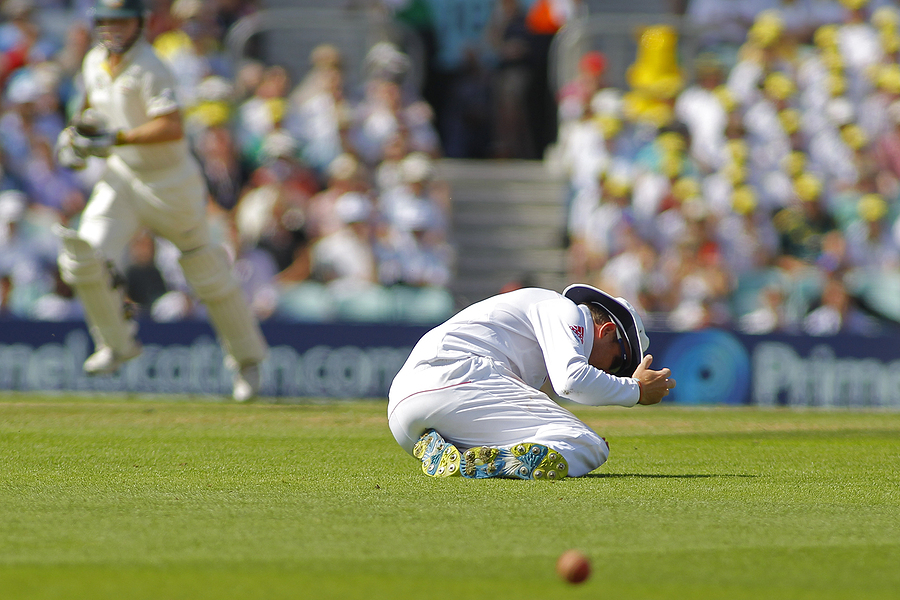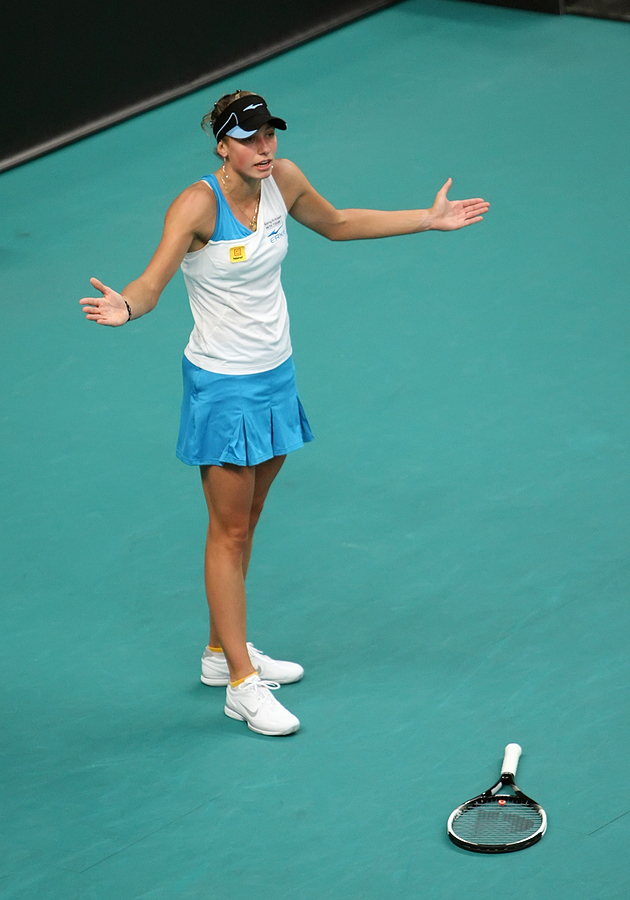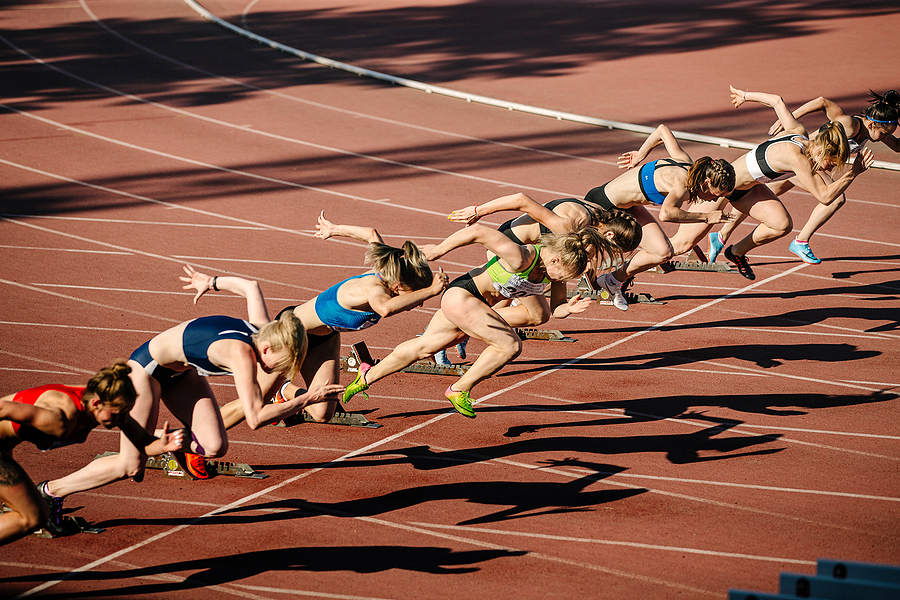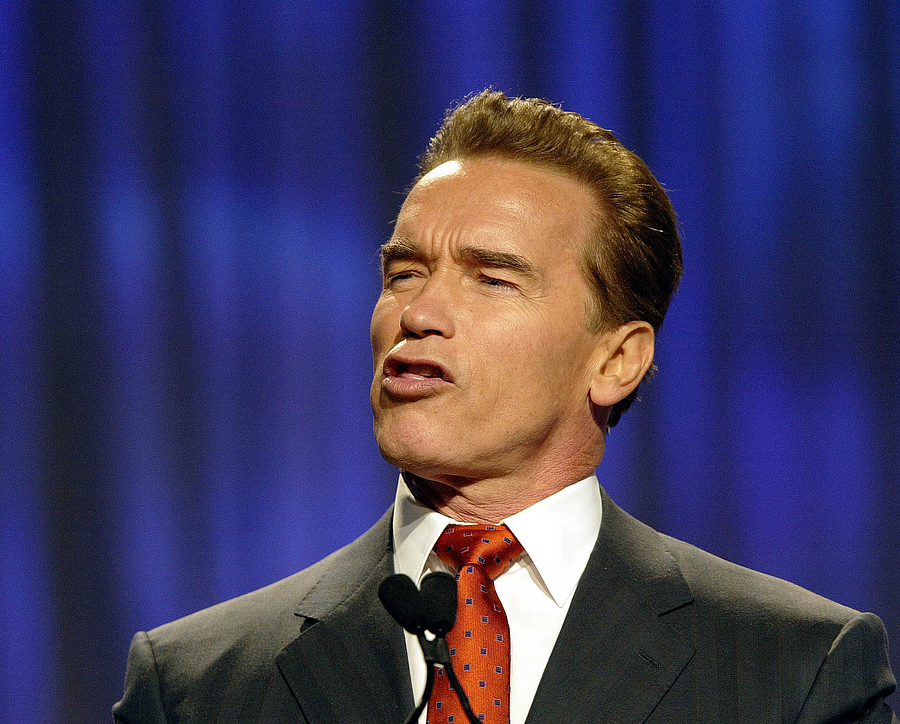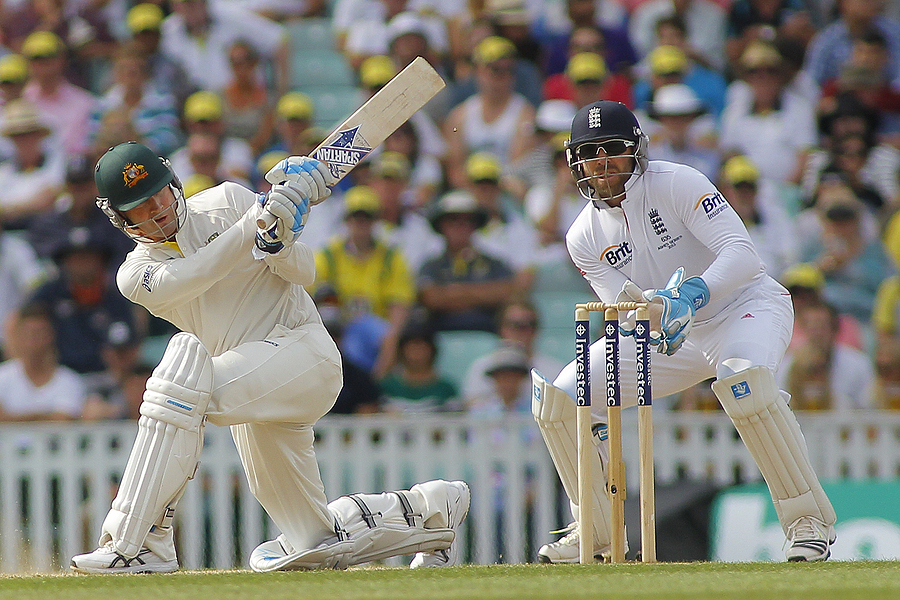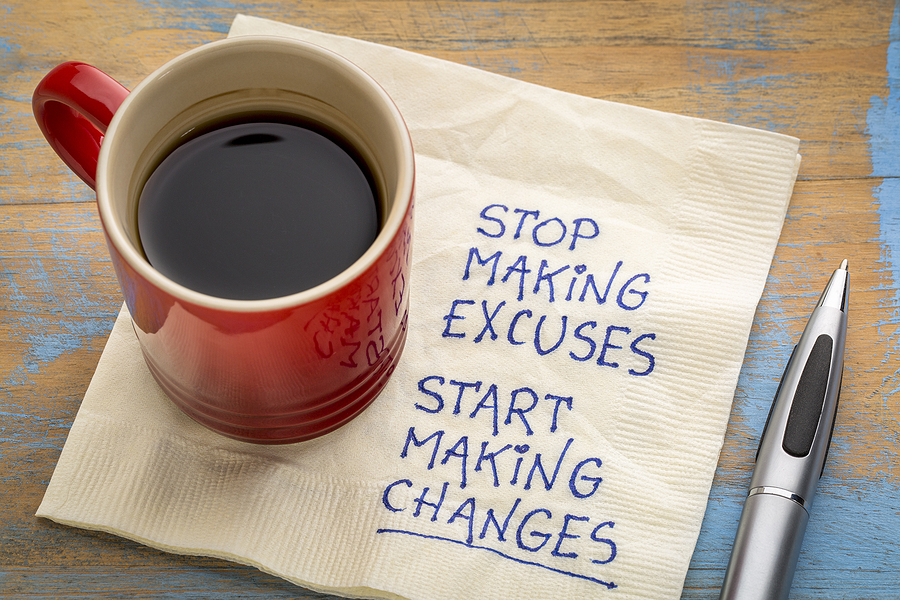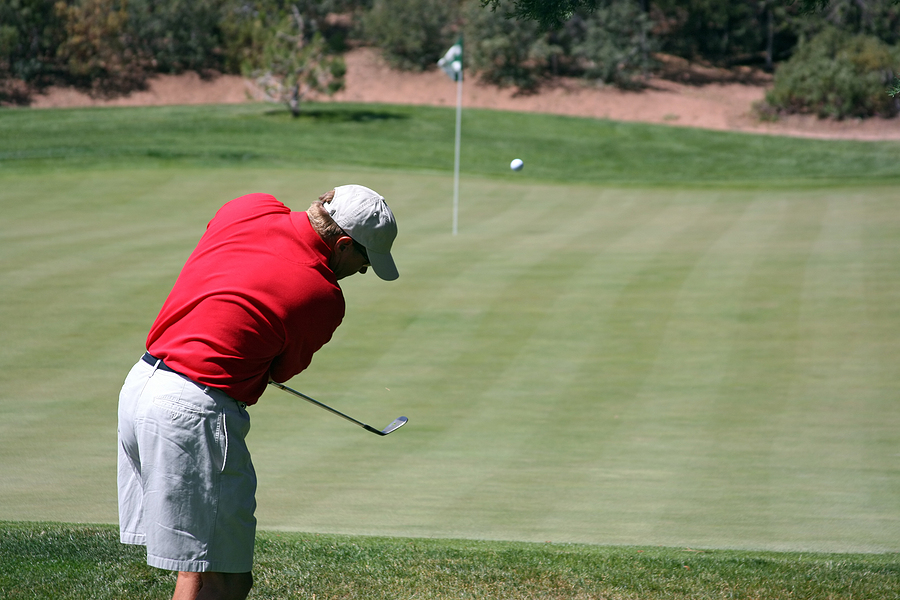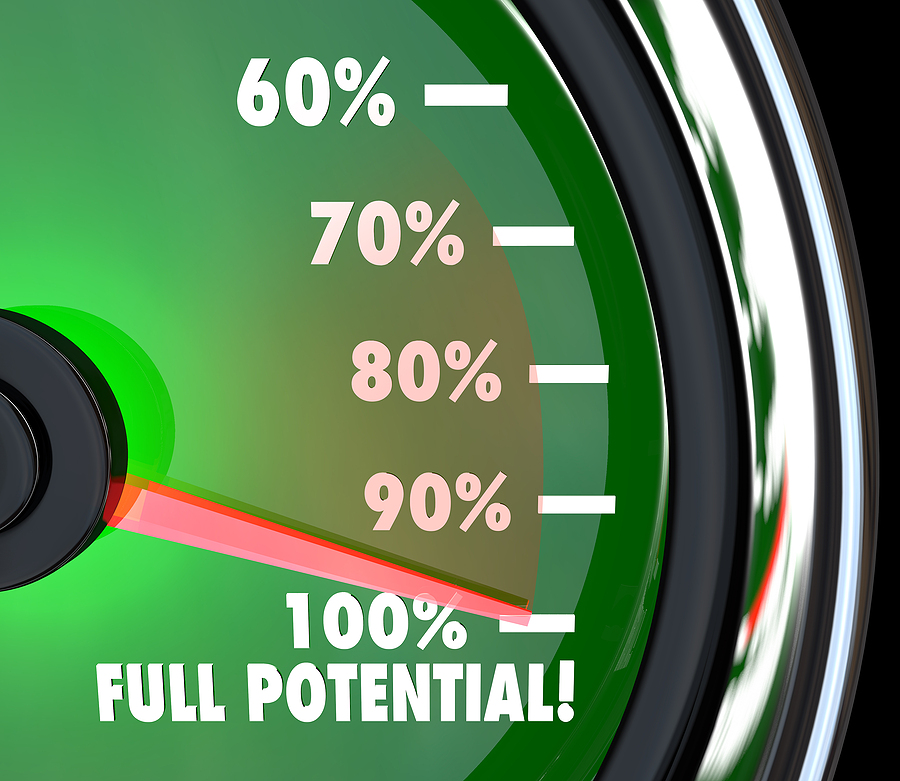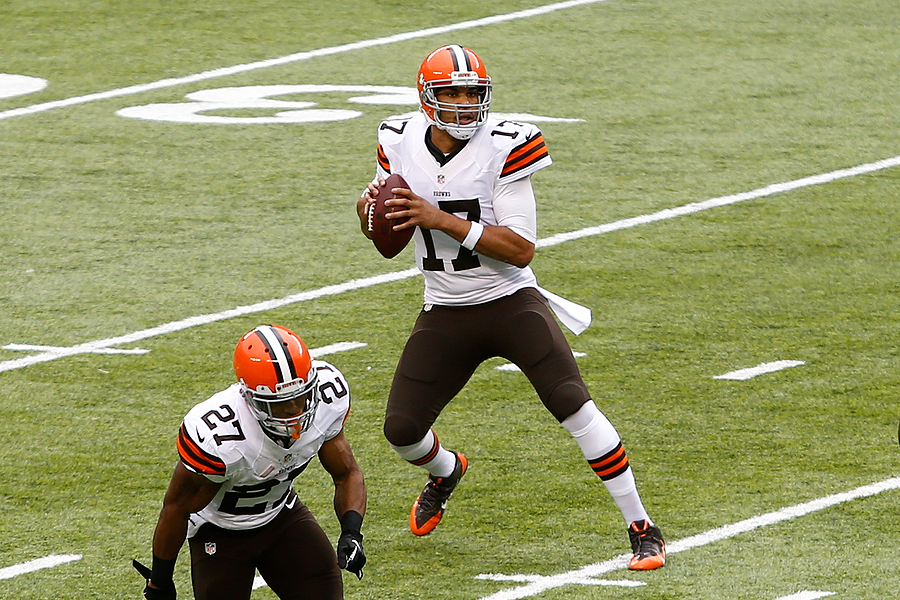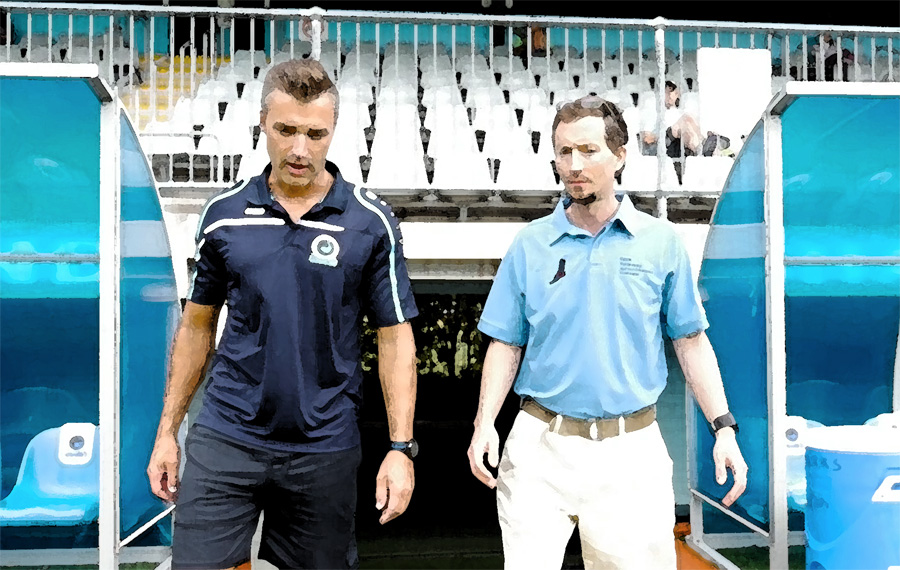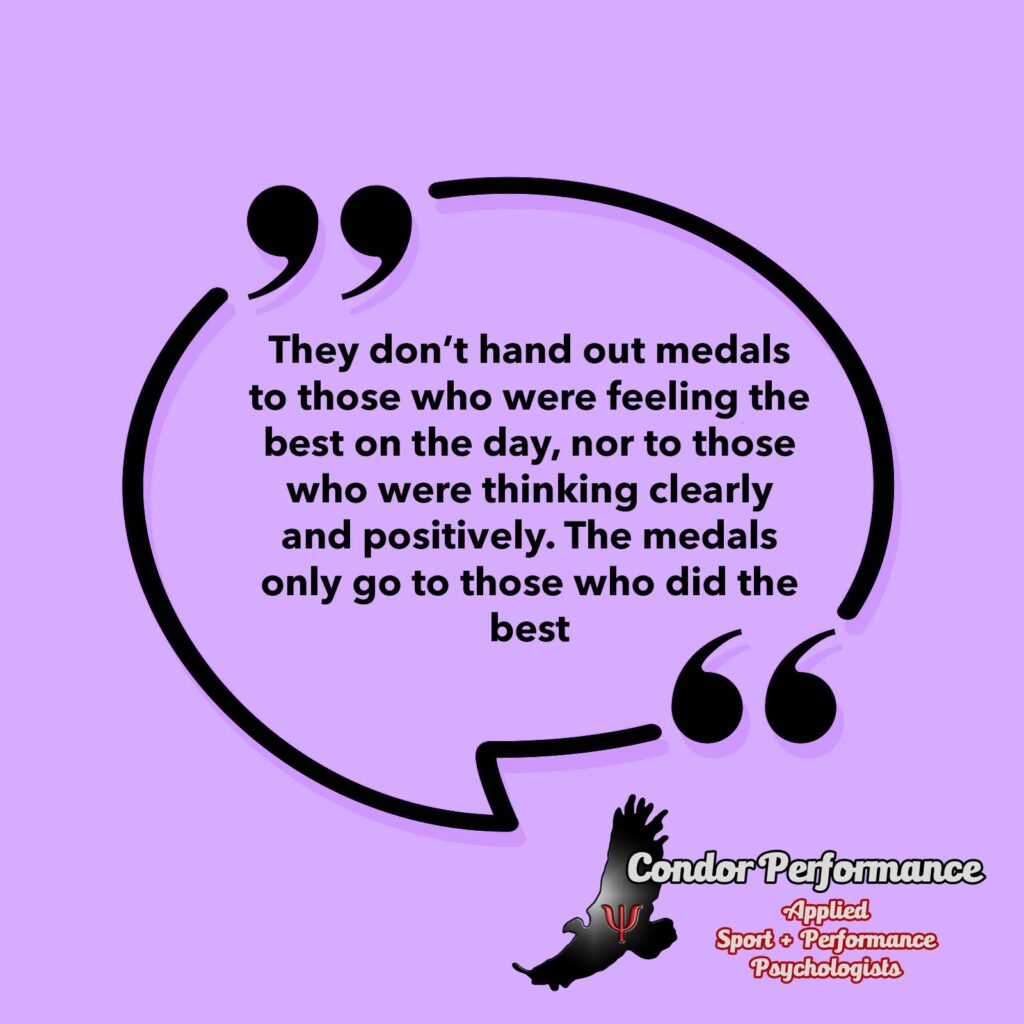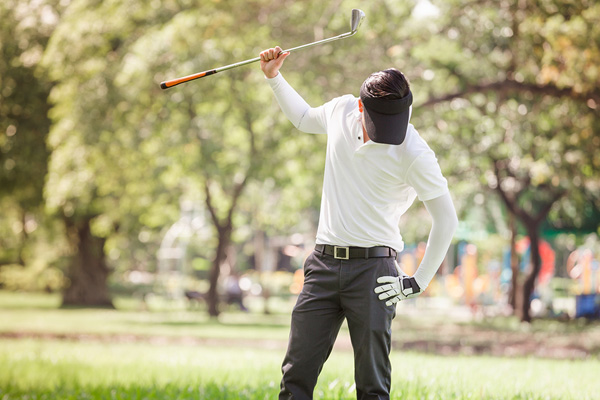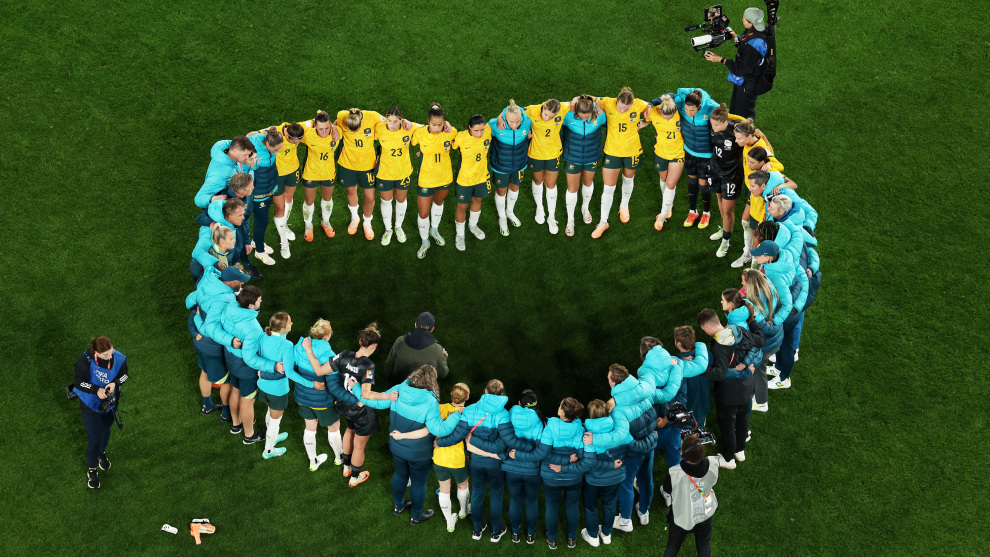
Culture and High Performance: The Basics
As more and more of my sport psychology consulting nowadays is with whole sporting teams, I have become increasingly interested in mental skills that relate to groups of individuals. One of these is to take a look at the culture of the team.
Examples of Poor Culture
The idea of culture and high performance was extensively explored in cricket in 2018. For those who do not follow this fascinating sport or who can’t remember, here is a quick summary from Wikipedia:
The 2018 Australian ball-tampering scandal, also known as Sandpapergate, was a cricket cheating scandal surrounding the Australian national cricket team. In March 2018, during the third Test match against South Africa at Newlands in Cape Town, Cameron Bancroft was caught by television cameras trying to rough up one side of the ball with sandpaper to make it swing in flight. Captain Steve Smith and vice-captain David Warner were found to be involved, and all three received unprecedented sanctions from Cricket Australia. Although he was found not to have been directly involved, Australia’s coach, Darren Lehmann, announced he would step down from his role following the scandal. Smith was replaced by Tim Paine as captain in all formats before Aaron Finch took over from Paine in ODIs and T20Is.
After the dust had settled and the individuals who were responsible for the act were handed down their punishments, a lot of questions were still being asked about how a group of highly regarded/paid professional athletes could have ended up in such a predicament.
What Was Going Through Their Minds
How did the locker room allow for such poor decision-making? As part of the reviews, the talk switched from individual motivations to team culture. Was it ultimately a cultural issue that existed within Australian Cricket at that time?
Culture is the collective mentality and values of a particular organisation and group.
The Right Culture Should Never Be “Assumed“
It can be inherited from those who were previously members of the group. But it can also be quite fluid as some individuals depart and new individuals join. The right culture should never be “assumed”. A culture of sorts will always exist when a group of people come together and form a team whether they’re active in creating it in their preferred way or by letting it happen naturally.
I’m of the opinion that it is something that should be named openly among everyone and worked on actively so each individual associated with the organisation can have a sense of ownership and pride over what they have created. Not only this, but a strong and positive sense of culture also gives the organisation an identity. It can provide a guiding light to the individuals that can both be used as a motivator and create a sense of accountability for everyone’s individual actions.
An intentional culture can promote the well-being of an individual as they can feel accepted and belong, and, maybe the biggest thing of all, gives everyone a chance to develop a strong sense of both the individual and collection mental toughness.
How To Start Improving The Culture of Your Team
If you are a leader of a team or even a member of one, start thinking about your organisation and what you can do to create a better environment.
My recommendation is that you waste no time creating a situation where people can begin to contribute to a discussion and the organisation’s shared values can be formalised.
From our perspective as sport and performance psychologists, one of the key things that should be kept in mind and included within the process is that we can only control our efforts and therefore the culture and pursuits of the organisation should focus on giving people the opportunity to achieve consistent and high-quality effort, rather than having an obsession with results.
People often talk about a “winning culture” within a team, but for us, if this idea of “winning” is only focusing on the results you attain, then you leave yourself and your organisation vulnerable when things are not going to plan. Maybe this is what happened to the Australian Cricket Team in 2018.
The team can have goals that strive towards certain achievements, but along the way, the true reward and meaning come from how the team and individuals within it worked towards their achievements, not what was reached at the end of the road. This classic article by my colleague Gareth on the Power Of The Process is essential if you want to explore this concept in more detail.
Summary
A big part of our role when we work with an organisation is helping them to create discussions and opportunities that drive the ideas of culture for themselves. Every organisation is different, and if you wish to discuss how you can achieve the right balance between culture and high performance, we would love to hear from you.
Feel free to email me directly at david@condorperformance.com to discuss our team consulting options in more detail.


